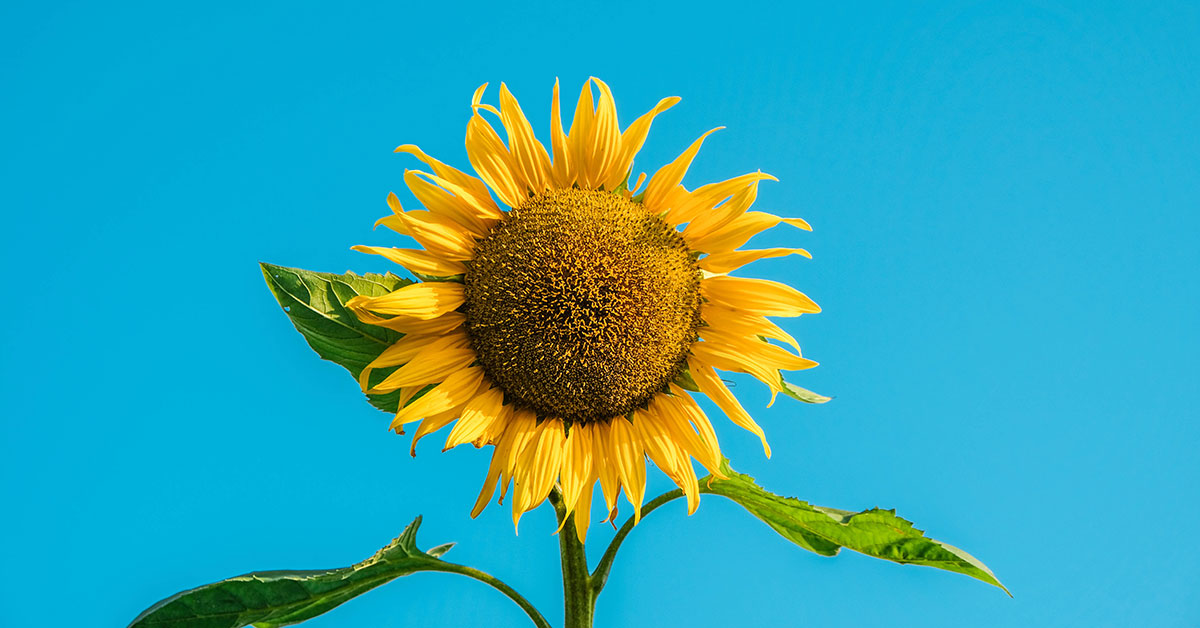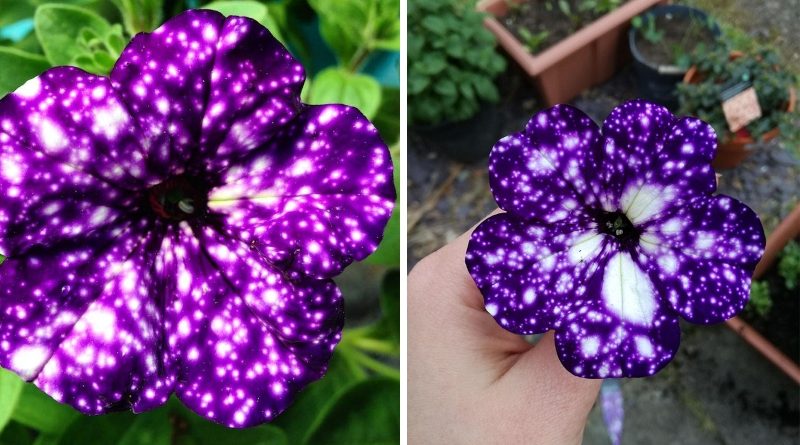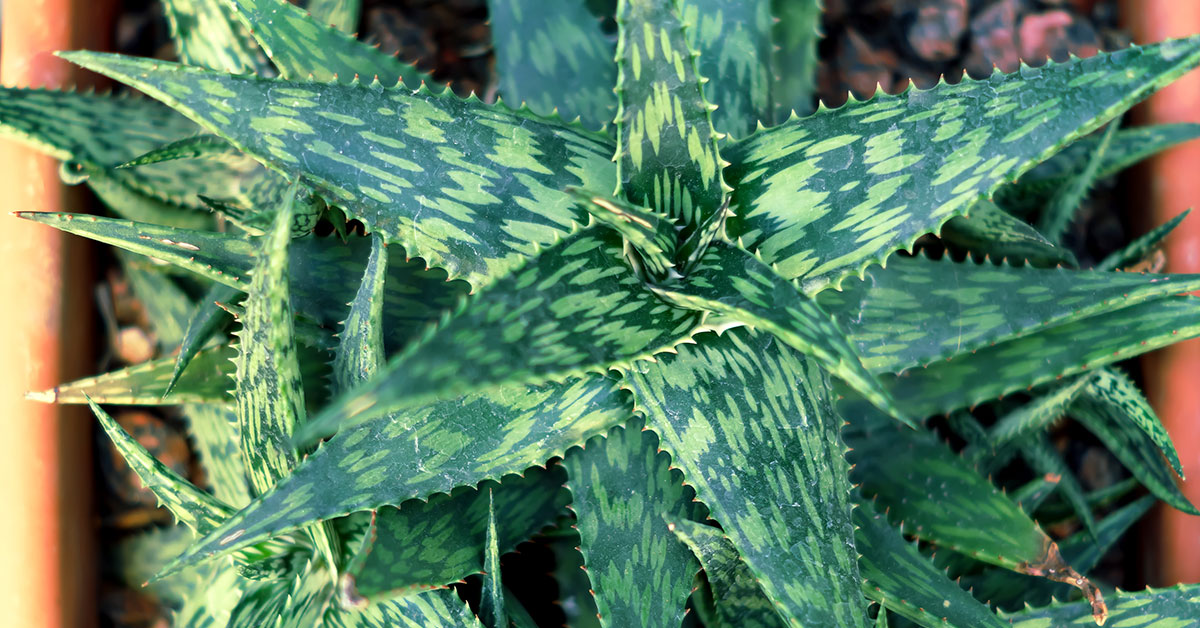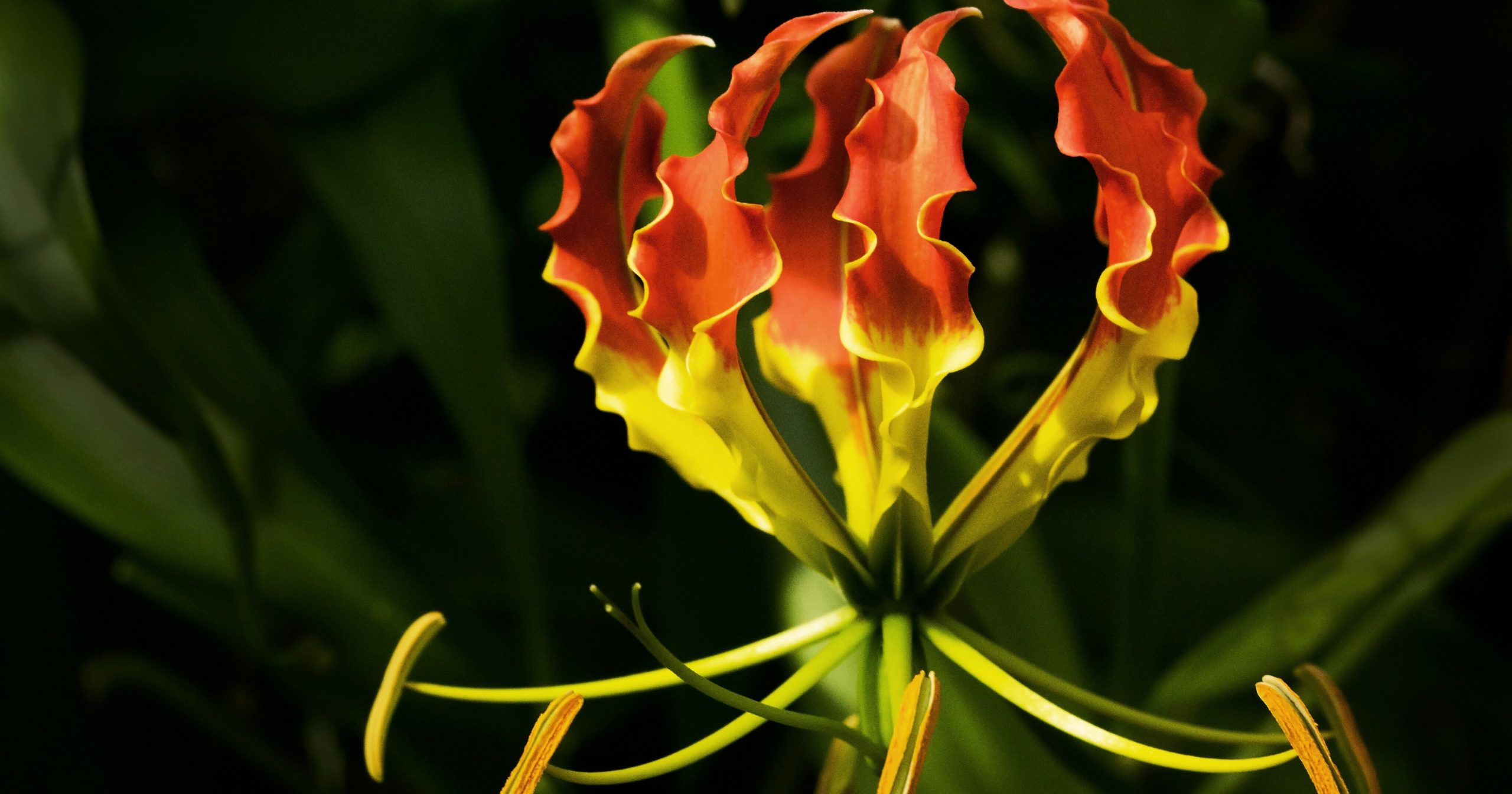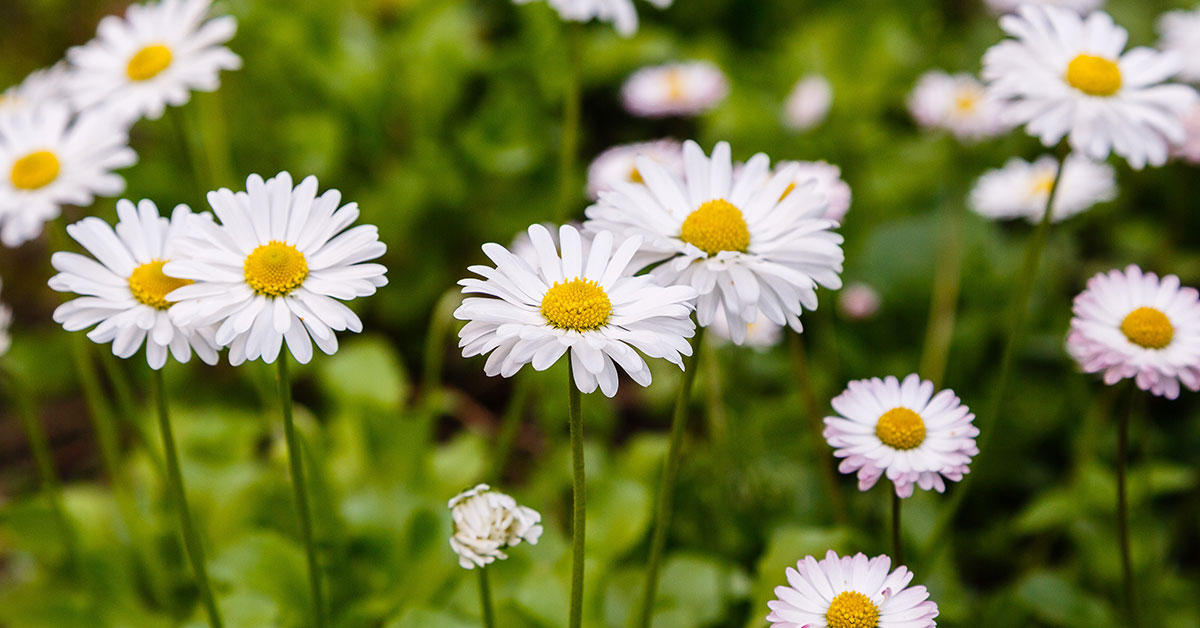In the world of flora, few sights rival the awe-inspiring stature and vibrant beauty of the American Giant Sunflower. Towering over gardens and landscapes, these magnificent botanical wonders command attention with their extraordinary size and captivating golden hues.
From their sturdy stalks to their enormous flower heads teeming with seeds, American Giant Sunflowers possess an irresistible allure that has captured the hearts of gardeners, nature enthusiasts, and admirers alike.
In this article, we’ll go over everything you need to know about growing these beauties, when to harvest them, and how to fix common sunflower growing problems.
What is an American Giant Sunflower?
The term “American Giant Sunflower” typically refers to a specific variety of sunflower known for its impressive size and stature. Sunflowers belong to the Helianthus genus and are native to North and Central America. They are characterized by their large, bright yellow flower heads that resemble the sun.
American Giant Sunflowers are known for their extraordinary height, often reaching heights of 8 to 12 feet (2.4 to 3.7 meters) or more. These sunflowers have thick stalks and broad, sturdy leaves to support their substantial growth. The flower heads of American Giant Sunflowers can measure 10 to 20 inches (25 to 50 centimeters) in diameter and contain hundreds of seeds.
The seeds of American Giant Sunflowers are highly sought after and are often used for their nutritional value or as bird feed. They are a rich source of healthy fats, protein, fiber, and various vitamins and minerals.
Due to their impressive size, American Giant Sunflowers are often grown for decorative purposes, as they can create a striking visual impact in gardens, landscapes, or even as part of special events or competitions. Their towering presence and vibrant yellow flowers make them a popular choice for those seeking a dramatic floral display.
It’s worth noting that “American Giant Sunflower” is not a standardized botanical term, but rather a common name used to describe a specific type of sunflower with exceptional size. Different seed companies or breeders may have their own variations or hybrids of giant sunflowers, each with its own characteristics and growth patterns.
What does an American Giant Sunflower look like?
An American Giant Sunflower typically exhibits the following physical characteristics:
- Height: American Giant Sunflowers are known for their impressive height, often ranging from 8 to 12 feet (2.4 to 3.7 meters) or even taller in some cases. Their towering presence makes them stand out among other sunflower varieties.
- Stalk: The stalk of an American Giant Sunflower is thick and robust, providing stability and support for the towering plant. It is sturdy enough to withstand the weight of the large flower head.
- Leaves: The leaves of an American Giant Sunflower are broad, rough, and typically heart-shaped. They are arranged alternately along the length of the stalk. The leaves play a crucial role in capturing sunlight for photosynthesis.
- Flower Head: The flower head of an American Giant Sunflower is the most distinct and visually striking feature. It consists of a large, round disc surrounded by bright yellow petals. The disc is covered with hundreds of tiny individual flowers known as florets. These florets are usually dark brown in color and arranged in intricate spirals.
- Petals: The petals of an American Giant Sunflower are vibrant yellow in color and radiate outwards from the center of the flower head. They are typically broad and slightly elongated, giving the flower a sun-like appearance.
- Seeds: After the flower has matured and the petals have wilted, the center disc of the American Giant Sunflower transforms into a seed head. It becomes covered in tightly packed rows of seeds. These seeds are large, flat, and edible, with a grayish-white or black outer shell. They are often harvested for various purposes, including culinary use or as bird feed.
Overall, an American Giant Sunflower is characterized by its towering height, thick stalk, broad leaves, and a large, vibrant yellow flower head with a prominent seed-filled disc at the center. Its striking appearance and impressive size make it a popular choice for both decorative and practical purposes.
How to grow American Giant Sunflowers
To grow American Giant Sunflowers, you can follow these general guidelines:
Choose a sunny location: Sunflowers require full sun to thrive, so select a location in your garden that receives at least 6 to 8 hours of direct sunlight per day.
Prepare the soil: Sunflowers prefer well-drained soil with a pH range of 6.0 to 7.5. Before planting, loosen the soil and remove any weeds or debris. You can also enrich the soil with compost or well-rotted organic matter to improve fertility and drainage.
Sow the seeds: Sunflowers can be directly sown into the ground after the last frost date in your area. Plant the seeds about 1 to 2 inches (2.5 to 5 centimeters) deep and space them around 6 to 24 inches (15 to 60 centimeters) apart, depending on the specific variety and the desired spacing. If you prefer, you can start the seeds indoors 2 to 4 weeks before the last frost and transplant them outdoors once the risk of frost has passed.
Watering and maintenance: Water the seeds immediately after planting and keep the soil consistently moist until the seedlings emerge, usually within 7 to 10 days. Once the plants are established, sunflowers are generally drought-tolerant and do not require frequent watering unless there is a prolonged dry spell. However, regular watering can promote healthier growth and larger flowers. Water deeply at the base of the plants to encourage root development. Avoid overwatering, as it can lead to root rot.
Provide support: As American Giant Sunflowers can reach significant heights, it is advisable to provide support for the plants. Insert a sturdy stake or use a trellis system near each plant to prevent them from toppling over in strong winds or heavy rain. As the sunflowers grow, gently tie the main stem to the support structure using soft twine or garden ties.
Fertilization: Sunflowers are generally low-maintenance plants and do not require heavy fertilization. However, if your soil is lacking in nutrients, you can apply a balanced fertilizer or compost once or twice during the growing season. Follow the instructions on the fertilizer packaging for proper application rates.
Pest and disease management: Sunflowers are relatively resistant to pests and diseases. However, keep an eye out for common garden pests like aphids or snails and take appropriate measures if necessary. Ensure good airflow around the plants to reduce the risk of fungal diseases.
By following these steps and providing proper care, you can successfully grow American Giant Sunflowers and enjoy their impressive size and vibrant beauty in your garden.
When to harvest
To determine the right time to harvest American Giant Sunflower seeds, you need to consider a few indicators:
- Petal condition: As the sunflower reaches maturity, the petals will begin to dry out and turn brown or yellow. Most of the petals will fall off or become wilted.
- Seed head color: The disc in the center of the sunflower, which contains the seeds, will turn from green to a darker, more pronounced brown or black color as it matures.
- Seed head drying: The seed head itself will start to dry out, and the back of the disc will become less fleshy and more papery.
- Seed moisture content: Ideally, you want the sunflower seeds to have a moisture content of around 10% to 12%. This ensures that the seeds are dry enough for storage and reduces the risk of mold or spoilage.
To check if the seeds are ready for harvest, you can perform a simple test. Gently press your thumbnail against one of the seeds. If it leaves an indent, the seeds are still too moist and require more time to dry. If no indent is left, the seeds are likely ready for harvest.
Once these signs are observed, you can proceed with harvesting the American Giant Sunflower seeds. Cut the seed head from the stem, leaving a few inches of stem attached. Hang the seed heads upside down in a dry, well-ventilated area to allow further drying. This process typically takes a few weeks, depending on the humidity levels in your area. The seeds are considered fully dry and ready for storage when they easily separate from the disc and are hard to the touch.
Remember to protect the drying seeds from birds, rodents, and other animals that may try to feed on them. Covering the seed heads with a mesh bag or netting can help prevent unwanted access.
Once the seeds are fully dried, you can remove them from the seed heads and store them in airtight containers in a cool, dry place. Properly stored sunflower seeds can remain viable for several years.
Common problems
While sunflowers are generally easy to grow, they can encounter a few common problems. Here are some issues you may encounter when growing sunflowers and suggestions on how to address them:
- Pests: Sunflowers can be susceptible to pests like aphids, slugs, snails, and birds. You can control aphids by spraying the affected plants with a strong jet of water or by using insecticidal soap. For slugs and snails, you can employ organic pest control methods like handpicking or using barriers, such as crushed eggshells or diatomaceous earth. To protect sunflower heads from birds, you can cover them with lightweight netting.
- Diseases: While sunflowers are relatively resilient, they can occasionally be affected by diseases such as downy mildew or powdery mildew. Ensure proper spacing between plants for good air circulation and avoid overhead watering. Fungicides may be used as a preventive measure or as a treatment if necessary.
- Stunted Growth: Insufficient sunlight or overcrowding can lead to stunted growth in sunflowers. Ensure that they receive at least 6 to 8 hours of direct sunlight each day. Thin out overcrowded plants to allow ample space for growth.
- Floppy Stems: Tall sunflowers with heavy flower heads may develop weak or floppy stems. Providing support, such as stakes or a trellis system, can help prevent stem breakage or leaning. Stake the plants early when they are still young to avoid damaging the roots later on.
- Watering Issues: Overwatering can cause root rot, while underwatering can result in wilting or poor growth. Sunflowers generally prefer well-drained soil, so ensure that the soil is moist but not waterlogged. Water deeply and less frequently, allowing the top inch (2.5 centimeters) of soil to dry out between waterings.
- Nutrient Deficiencies: Sunflowers may experience nutrient deficiencies, especially if the soil is lacking essential elements. Nitrogen deficiency can cause yellowing of leaves, while phosphorus deficiency can lead to stunted growth. Fertilize the soil with a balanced fertilizer or amend with organic matter to provide the necessary nutrients.
- Weather Conditions: Extreme weather conditions like strong winds, heavy rain, or hail can damage sunflowers. If severe weather is forecasted, you can protect the plants by staking them more securely or covering them with a lightweight cloth or tarp.
By being aware of these potential issues and taking appropriate preventive or corrective measures, you can maximize the success of your sunflower garden and enjoy healthy, vibrant plants.
